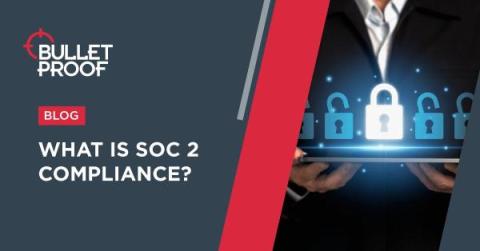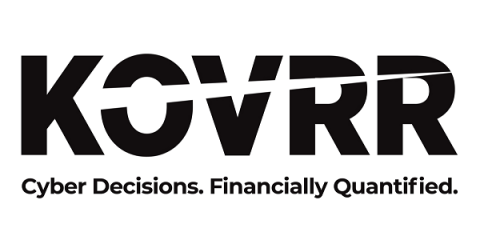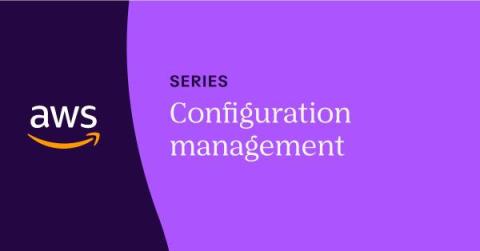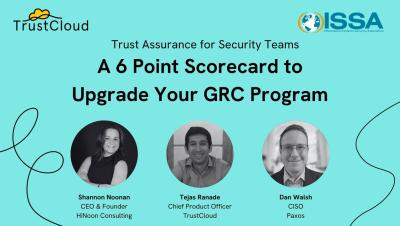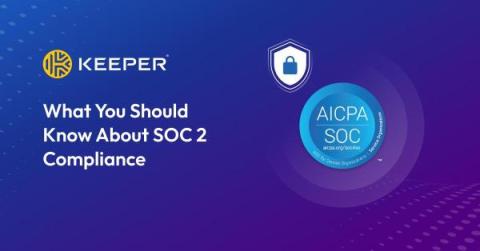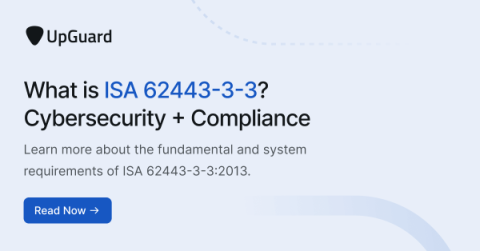What is SOC 2 Compliance?
SOC 2 is an information security standard was created by the American Institute of Chartered Public Accountants (AICPA), as a way to provide assurance of an organisation’s management of data. SOC 2 compliance provides a framework to assess against five Trust Service Criteria (TSCs) – but more on those later. There are two types of SOC 2 compliance: Type I and Type II.


